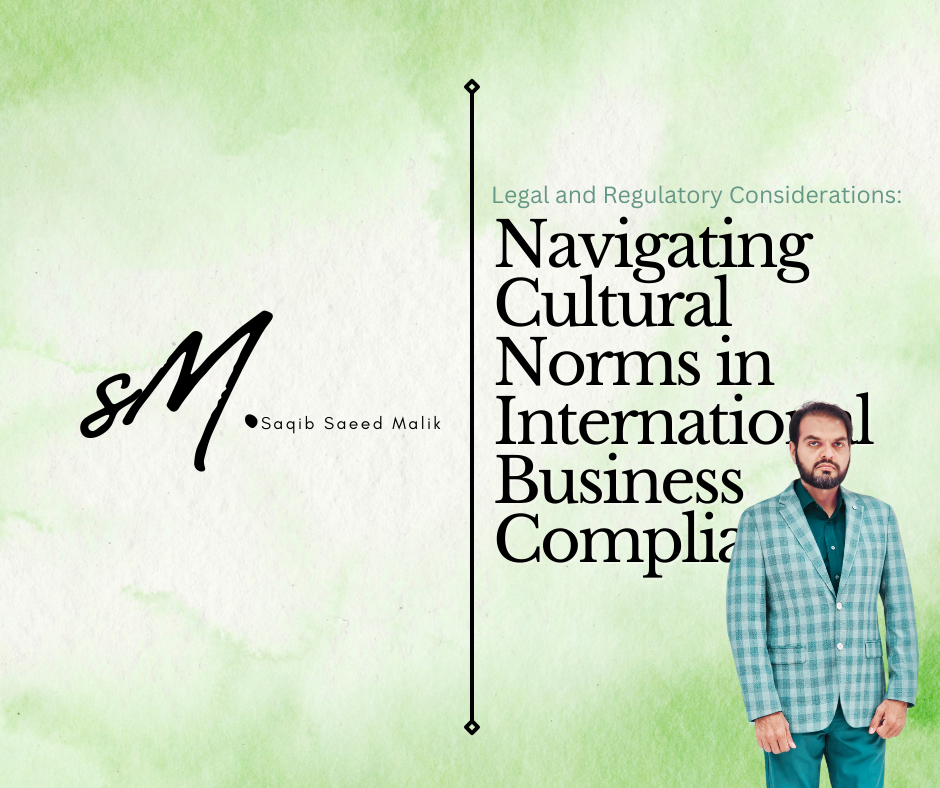Introduction
Managing healthcare costs is one of the most pressing challenges for organizations today. As healthcare expenses continue to rise, businesses must develop effective strategies to control costs while maintaining high-quality care for their employees. This blog delves into various cost management strategies that organizations can adopt to achieve a balance between cost control and healthcare quality.
Understanding the Cost Landscape
Healthcare costs are influenced by a variety of factors, including insurance premiums, medical claims, and administrative expenses. Organizations must first understand the components of their healthcare expenditures to develop effective cost management strategies. This involves analyzing claims data, evaluating the utilization of healthcare services, and identifying areas where cost savings can be achieved.
Negotiating with Insurance Providers
One of the most effective ways to manage healthcare costs is through negotiation with insurance providers. Organizations can leverage their bargaining power to secure more favorable terms and lower premiums. This may involve exploring different insurance plans, adjusting coverage options, and seeking out cost-effective providers.
Implementing Wellness Programs
Wellness programs are a proactive approach to managing healthcare costs by promoting employee health and preventing chronic conditions. By investing in wellness initiatives such as fitness programs, smoking cessation support, and nutritional counseling, organizations can reduce the incidence of costly health issues and improve overall employee well-being.
Exploring Alternative Benefit Models
Alternative benefit models, such as high-deductible health plans (HDHPs) paired with Health Savings Accounts (HSAs), offer a way to manage costs while providing employees with greater flexibility in their healthcare choices. These models can reduce premium expenses and encourage employees to make more cost-conscious healthcare decisions.
Utilizing Data Analytics
Data analytics plays a crucial role in cost management by providing insights into healthcare utilization and outcomes. By analyzing claims data, organizations can identify trends, assess the effectiveness of wellness programs, and make informed decisions about healthcare benefits. Advanced analytics tools can also help predict future healthcare costs and develop strategies to mitigate them.
Conclusion
Effective cost management in workforce healthcare involves a combination of strategies, including negotiation with insurance providers, implementation of wellness programs, exploration of alternative benefit models, and utilization of data analytics. By adopting these strategies, organizations can achieve a balance between controlling costs and providing quality healthcare benefits to their employees.










